Reportar esta entrada
Más sobre la misma comunidad-colección
The Uncolonized: A Vision in the Parallel Virtual Exhibition
Created by local artist Angel Cabrales, “The Uncolonized” is ...
The Uncolonized: A Vision in the Parallel Virtual Exhibition
Created by local artist Angel Cabrales, “The Uncolonized” is ...
The Uncolonized: A Vision in the Parallel Virtual Exhibition
Angel Cabrales
Macuahuitl (Sedimentary ...
The Uncolonized: A Vision in the Parallel Virtual Exhibition
Angel Cabrales
Xiuhpōhualli Anomala , ...
The Uncolonized: A Vision in the Parallel Virtual Exhibition
Angel Cabrales
Teoquiyaoatl (Sacred ...
The Uncolonized: A Vision in the Parallel Virtual Exhibition
Angel Cabrales
Apoteosis del Olmequemista, ...
The Uncolonized: A Vision in the Parallel Virtual Exhibition
Angel Cabrales
Apoteosis del Aztecnonauta, ...
The Uncolonized: A Vision in the Parallel Virtual Exhibition
Angel Cabrales
Codex of the Interplanetary ...
The Uncolonized: A Vision in the Parallel Virtual Exhibition
Angel Cabrales
Center
Textile del la ...
The Uncolonized: A Vision in the Parallel Virtual Exhibition
Angel Cabrales
Naciones Unidas de Anáhuac, ...
The Uncolonized: A Vision in the Parallel Virtual Exhibition
Angel Cabrales
Naciones Unidas de Anáhuac ...


















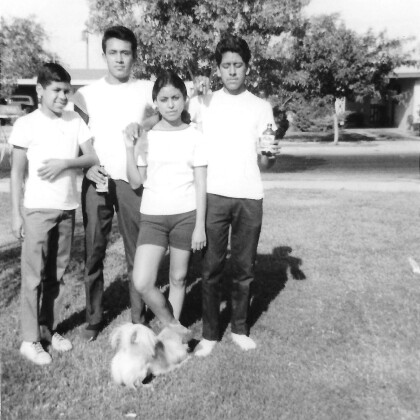
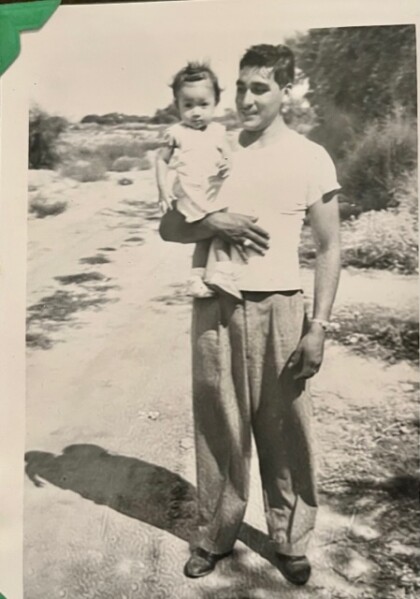
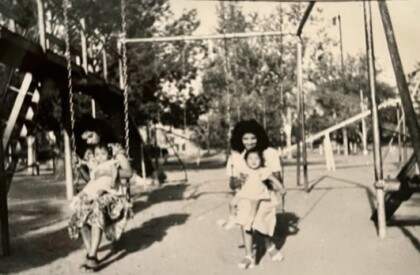
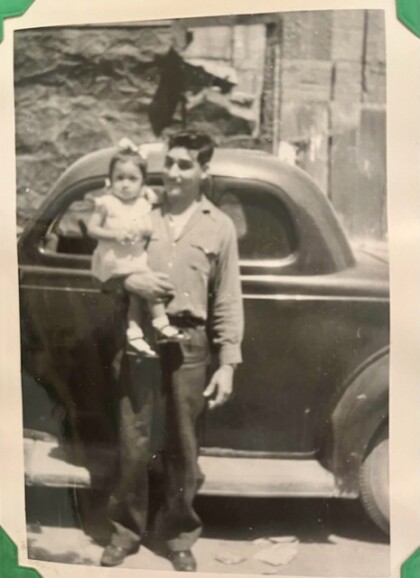
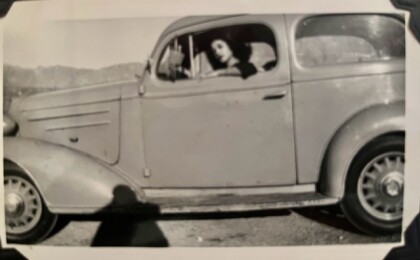
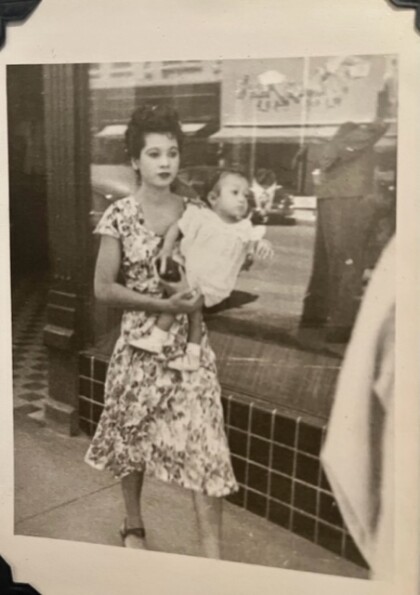
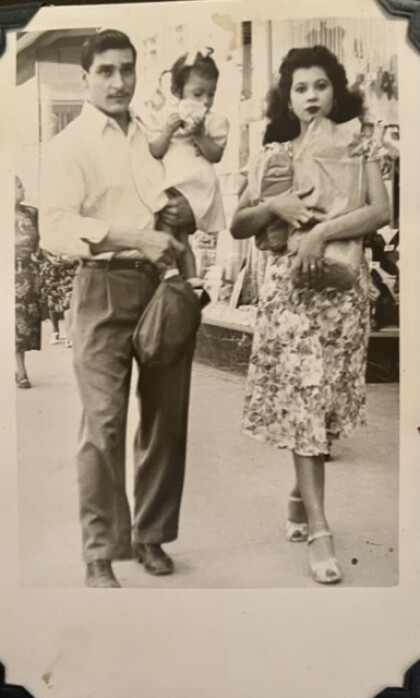
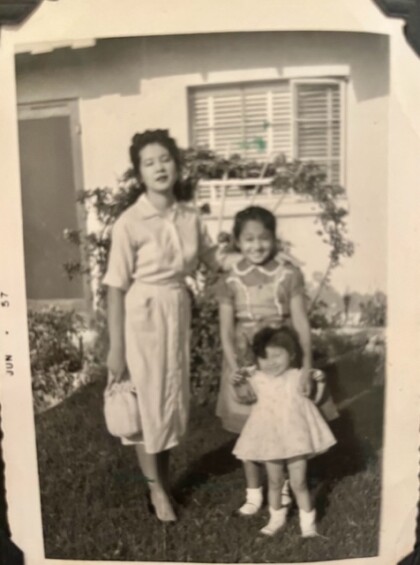
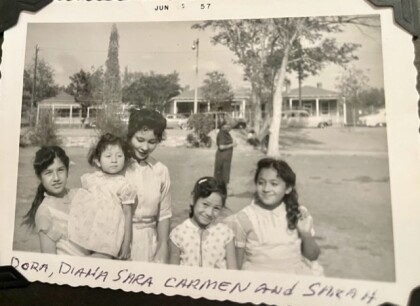
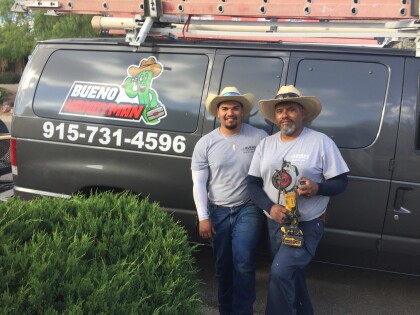

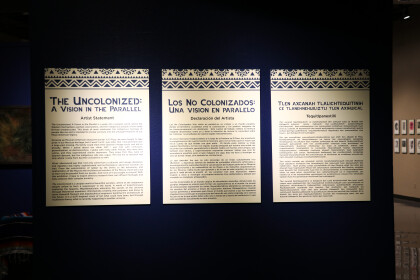
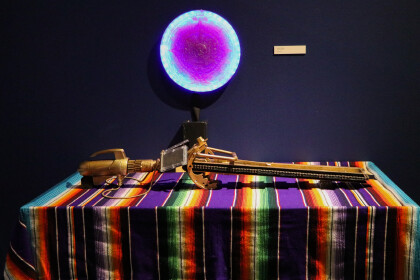
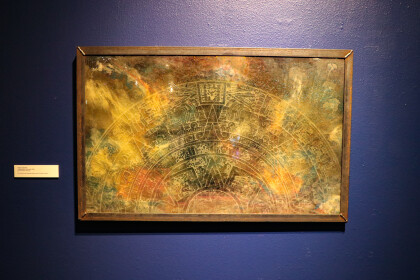






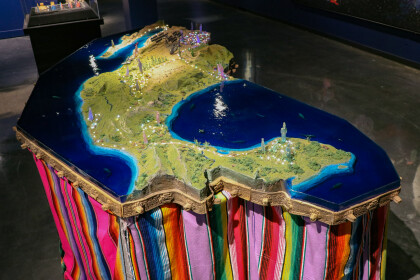
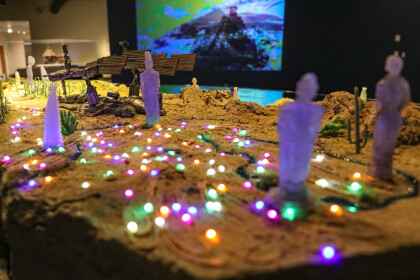
Comentarios
Hacer un comentario